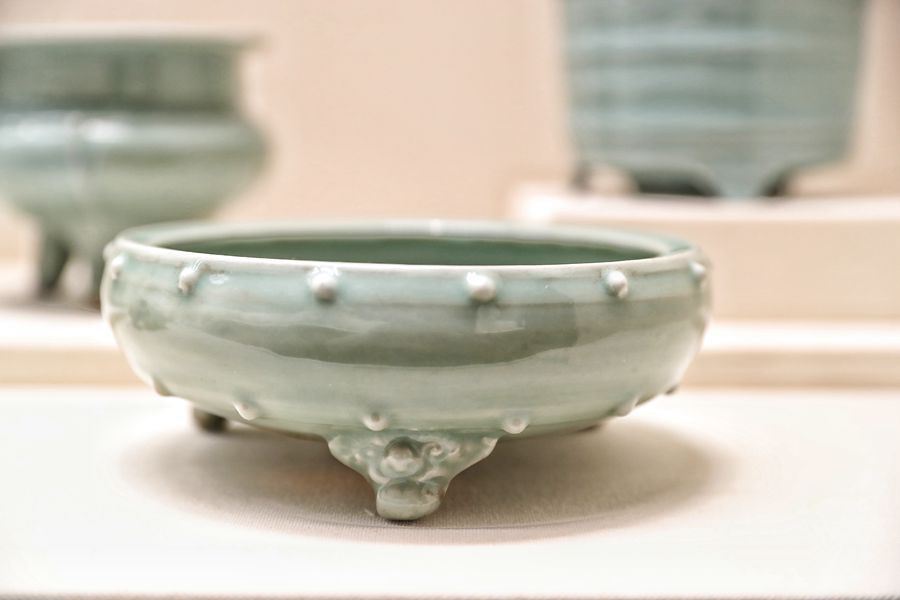ANN/CHINA DAILY – As custodians of history and culture, archaeological sites serve as poignant reminders of our past. With April 18 commemorating the International Day for Monuments and Sites, commonly known as World Heritage Day, here is a curated list of ten captivating archaeological marvels in China, inviting you to embark on a journey through time and heritage.
YUANMINGYUAN RUINS PARK, BEIJING
Yuanmingyuan, affectionately known as the Old Summer Palace, stood as the crown jewel of Chinese horticultural mastery during the Qing Dynasty (1644-1911).
Tragically, its splendour was ravaged by invading Anglo-French forces in 1860, leaving it in ruins. Originally established in 1707, this expansive imperial garden sprawled over approximately 350 hectares in Beijing’s northwest, bearing witness to the reigns of six emperors.
Recognised for its historical significance, Yuanmingyuan was among the inaugural national archaeological parks listed by the National Cultural Heritage Administration in 2010.
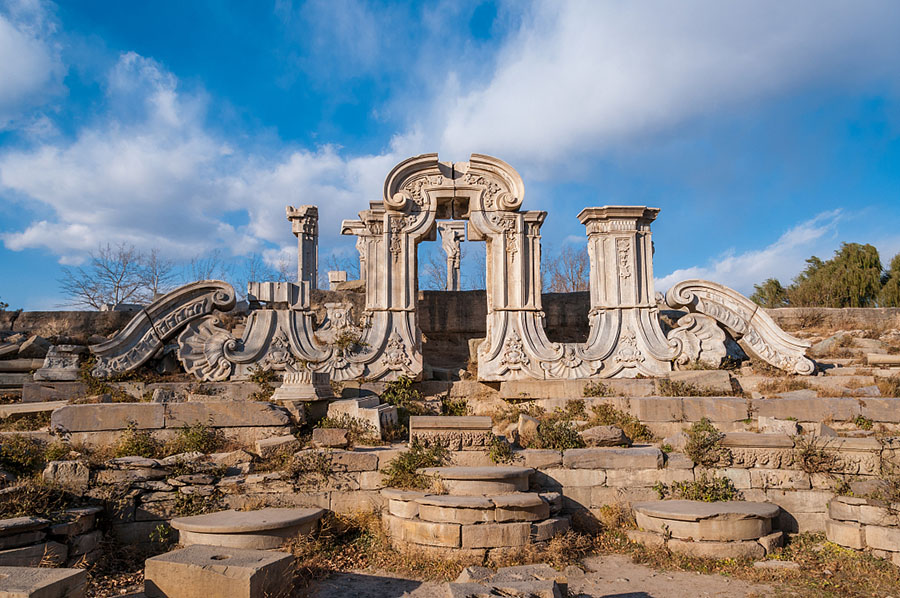
ZHOUKOUDIAN, BEIJING
Zhoukoudian, a UNESCO heritage site located 50 km from downtown Beijing, has been a significant site in paleoanthropology. It has yielded abundant evidence of ancient hominin activities.
At various parts of the site, scientists have unearthed the remains of early human lineage member Homo erectus “Peking Man” that date back more than 500,000 years, as well as of Homo sapiens “Shandingdong Man”, identified as a primitive modern human, who lived 30,000 years ago.
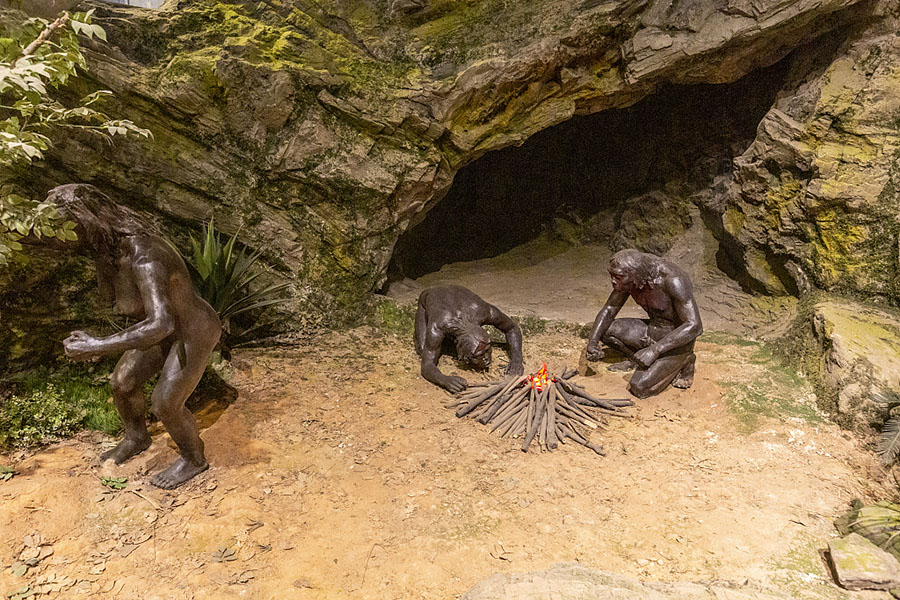
ARCHAEOLOGICAL RUINS OF LIANGZHU, ZHEJIANG PROVINCE
The Archaeological Ruins of Liangzhu City in Hangzhou, Zhejiang province dates back 5,300 years. It was inscribed as a UNESCO World Heritage Site in 2019.
It covers a vast area of nearly 34 square kilometres and features more than 50 sites around the Mojiao Mountain site, including villages, tombs and altars from which a great number of delicate jade wares have been unearthed. These discoveries are among the most powerful pieces of evidence proving the 5,000 years of the history of Chinese civilization.
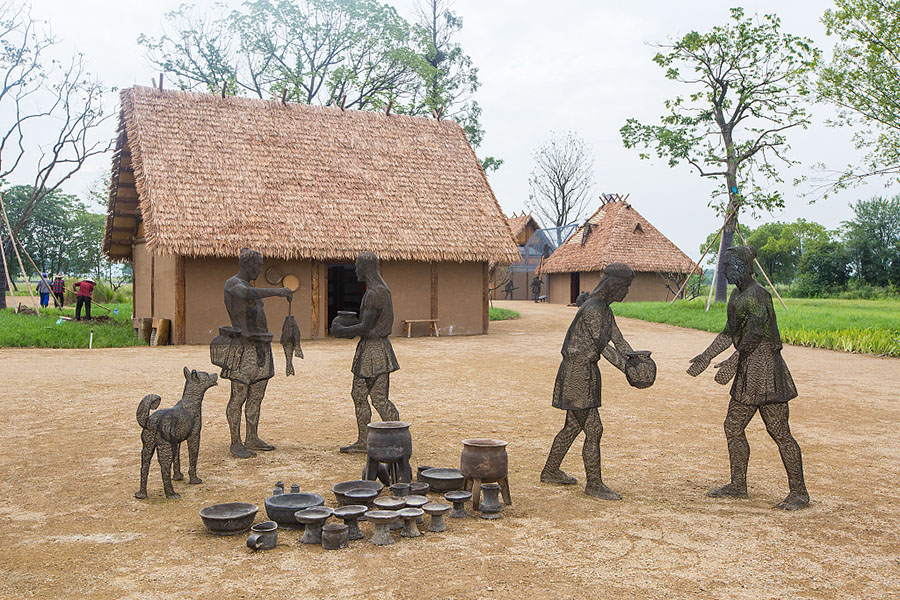
EMPEROR QINSHIHUANG’S MAUSOLEUM, SHAANXI PROVINCE
With an area of 56 square kilometres, Emperor Qinshihuang’s Mausoleum is the world’s largest underground mausoleum.
This mausoleum of the first emperor of Qin Dynasty (221-206 BC) is located at the northern foot of Lishan Mountain, 35 kilometres northeast of Xi’an, capital of Northwest China’s Shaanxi province.
An army of more than 7,000 life-sized terracotta warriors and horses was discovered at the site of the tomb in 1974. In 1987, it’s inscribed in the World Heritage List of UNESCO.

SANXINGDUI RUINS SITE, SICHUAN PROVINCE
Revered as one of the greatest archeological finds of the 20th century, the Sanxingdui Ruins are believed to be the remnants of the Shu Kingdom, dating back at least 4,800 years and lasting over 2,000 years.
The ruins are located in Guanghan city in Southwest China’s Sichuan province, covering 12 square km.

THE JINSHA SITE, SICHUAN PROVINCE
Located in Chengdu, capital city of Sichuan province, the Jinsha site is the urban centre of the ancient Shu Kingdom and features the distinct Shu culture that emerged during the Shang and Zhou dynasties (c.16th century-256 BC). Its civilization, along with the Sanxingdui civilization, was two of the peaks of development in ancient Shu history.
The Jinsha site has excavated the densest collection of ivory and the most abundant gold and jade artefacts of any site dating back to the same period globally. The most famous “Sun and Immortal Birds Gold Ornament”, has been designated as a symbol of Chinese cultural heritage and the symbol of Chengdu’s urban image.
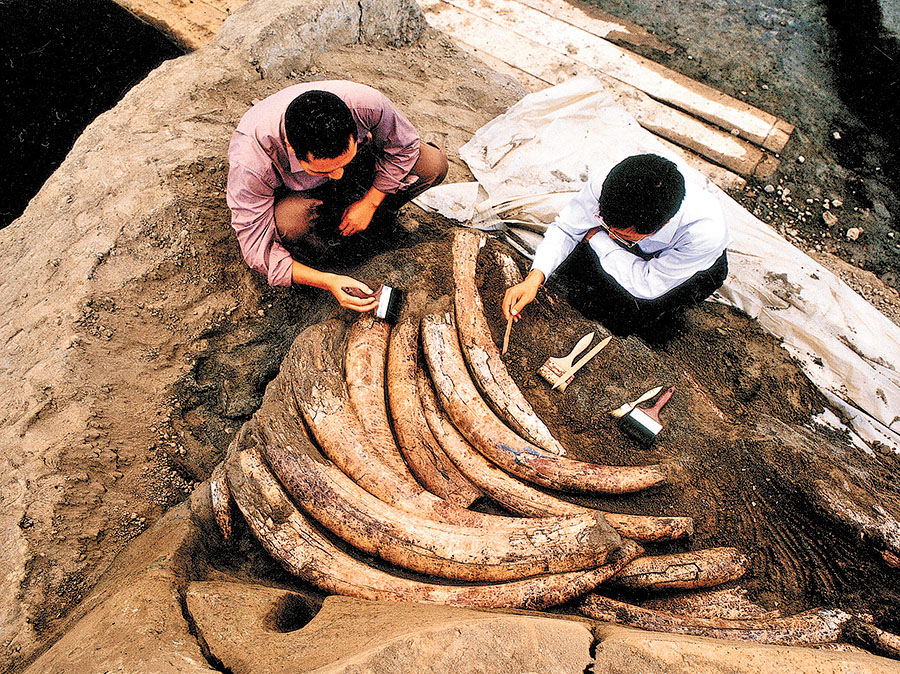
THE YINXU RUINS, HENAN PROVINCE
The Yinxu Ruins, a UNESCO World Heritage Site in Anyang city, Henan province, was an ancient capital of the Shang Dynasty (c 16th century-11th century BC).
Spreading across over 30 square kilometres, the archeological site features the greatest number of oracle bone inscriptions discovered so far in the world, and a series of unparalleled cultural relics including bronze and jade ware.
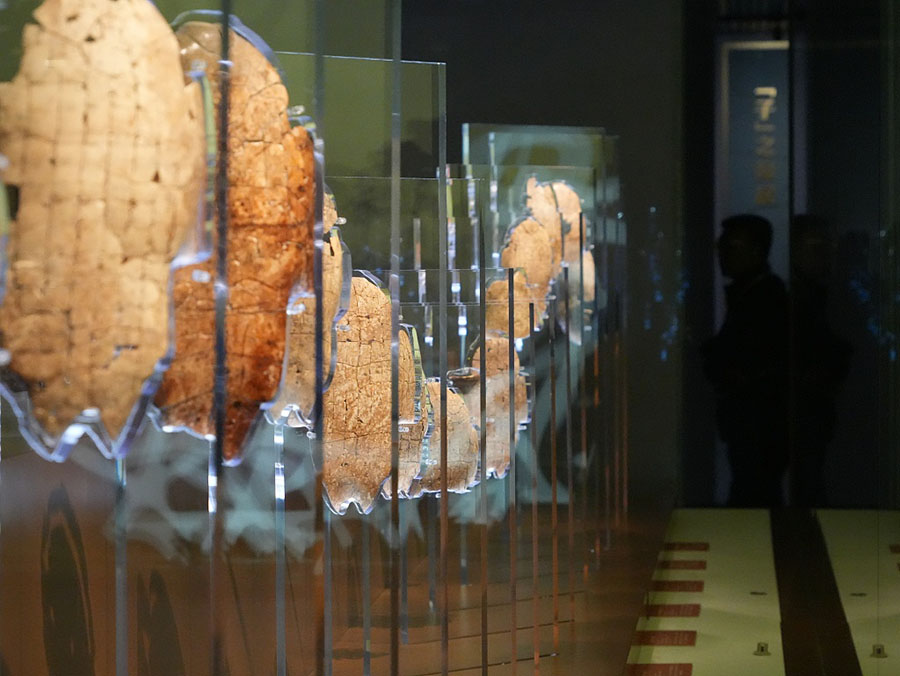
TOMB OF THE MARQUIS OF HAIHUN, JIANGXI PROVINCE
The tomb of the Marquis of Haihun, dating back to Western Han Dynasty (206 BC- 25 AD), is located near Nanchang in East China’s Jiangxi province. It’s the best-preserved royal tombs of the West Han Dynasty ever discovered in China.
The owner of the main tomb, Liu He, was the grandson of Emperor Wu, the greatest ruler of the Han Dynasty, one of the most prosperous periods in China’s history. Liu was given the title “Marquis of Haihun” after he was deposed as emperor after only 27 days, dethroned by the royal clan because of his lack of talent and morals. Haihun is the ancient name of a very small kingdom in the north of Jiangxi.
Excavation of the tomb began in 2011 and more than 10,000 artefacts including gold, bronze and jade artefacts have been unearthed.
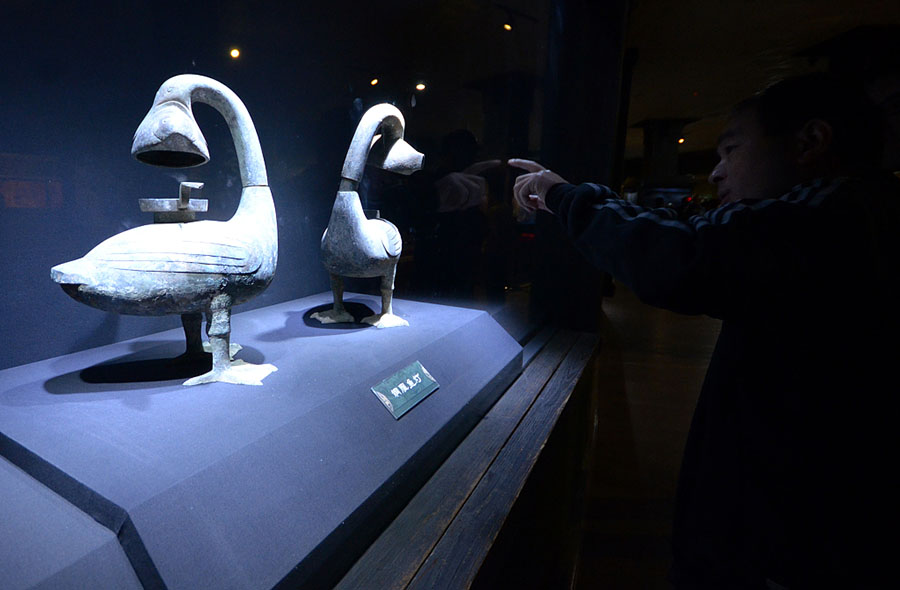
THE DAMING PALACE, SHAANXI PROVINCE
Famous for its super-large scale and magnificent buildings, Daming Palace (Palace of Great Brightness) was the main royal palace in the Tang Dynasty (618-907) where Tang emperors lived and dealt with state affairs.
Covering 3.2 square kilometres, it fully demonstrates the majestic style of palatial architecture during the Tang empire.
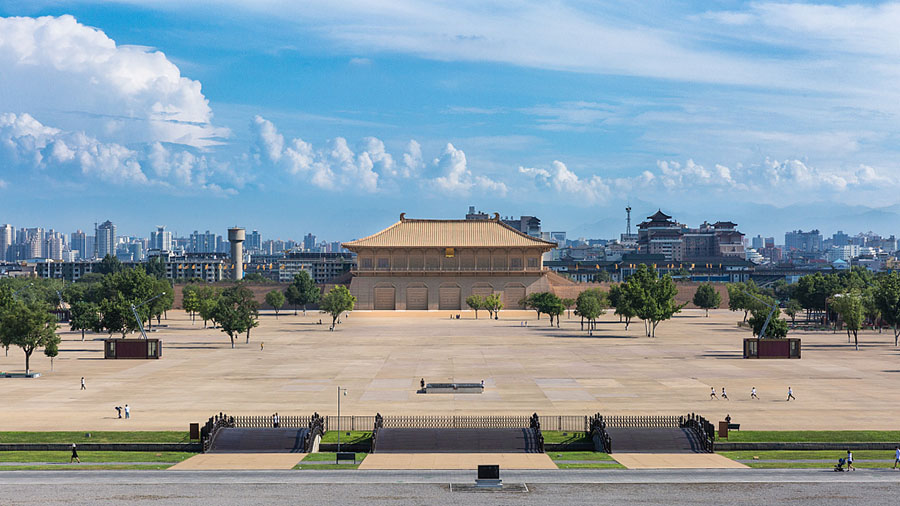
THE DAYAO LONGQUAN KILNS SITE, ZHEJIANG PROVINCE
The Dayao Longquan Kilns site is home to a group of kilns located in Longquan city in Zhejiang province, and was once the core production area of Longquan celadon in China. Today, this is a protected area covering 5.2 square kilometres and contains 126 kiln sites.
The Longquan celadon is known for its elegant colours, especially jade green and light blue. Starting in the Three Kingdoms period (220-280), the Longquan Kilns continued to operate for 1,600 years up until the late Qing Dynasty (1644-1911). The Longquan Kilns were mainly used to serve the royal families during the Song and early Ming (1368-1644) dynasties, before celadon became a pillar of overseas trade in the 12th to 15th centuries.
In 2009, the traditional firing technology of Longquan Celadon was included on UNESCO’s Intangible Cultural Heritage of Humanity List.
